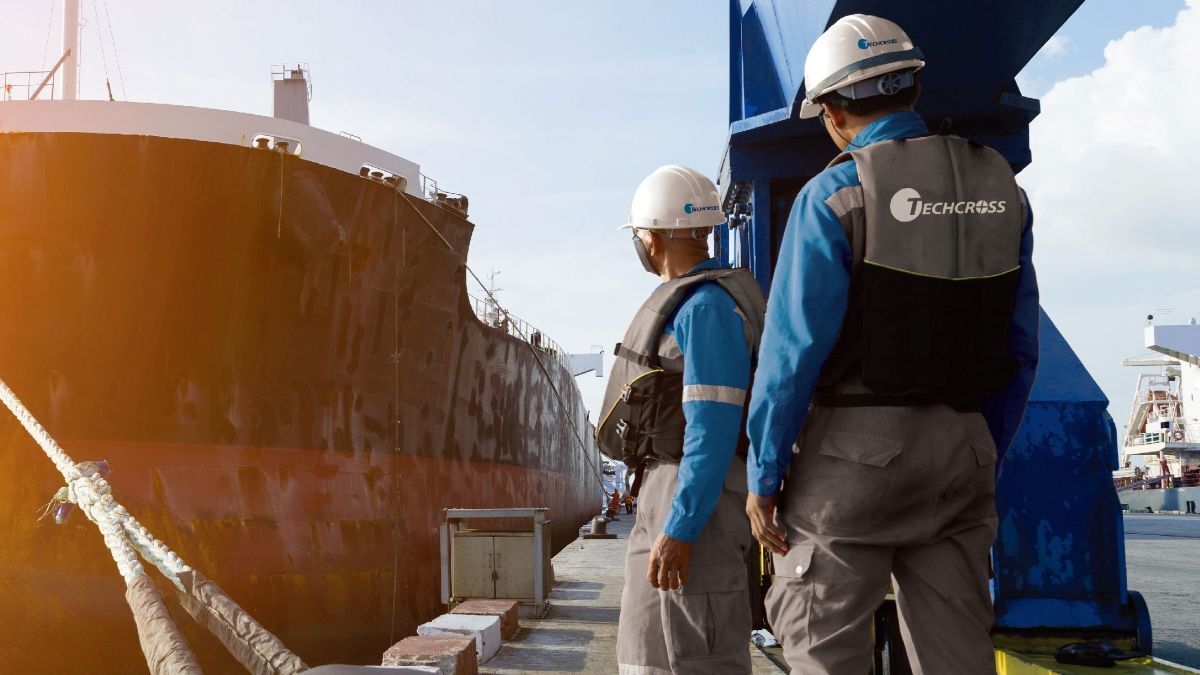 Parts and maintenance availability for the lifetime of the vessel is vital (source: Techcross)
Parts and maintenance availability for the lifetime of the vessel is vital (source: Techcross)
After a busy 2022 of newbuilding and retrofit installations, the ballast water management system (BWMS) market is entering the third phase of development, says Techcross
Techcross has enjoyed a fruitful 2022 with sales increasing by 1.5 times compared with 2021 and has recorded its highest gross sales since its foundation.
2022 also saw continuous development of the Techcross HYCHLOR BWMS with the R&D department developing an upgraded version of HYCHLOR 1.0 with the launch of HYCHLOR 2.0 and testing for type-approval by the US Coast Guard.
HYCHLOR 2.0 is an indirect electrolysis system, and operates without a filter like ECS, the direct electrolysis system, and was developed for customers who have been concerned about filter maintenance issues.
2022 also witnessed the continued development of the Techcross service and maintenance solution with a package service consisting of calibration and D2 sampling tests supported by a big data-based preventative care service – Smart Platform.
Smart Platform can accumulate the entire log data of vessels and Techcross BWMS, enabling real-time trouble-shooting. It can diagnose potential issues ahead of time and allow Techcross to repair and maintain them pre-emptively, leading to the extended life expectancy of equipment.
Looking ahead to 2023 and beyond, Techcross is preparing for Phase 3 of BWMS.
Techcross sees Phase 1 as the period when vessel owners delayed the installation of a BWMS and took a wait-and-see attitude before the BWM Convention took effect.
Phase 2 refers to the present – BWMS orders continue and owners are having BWMS installed on their vessels after the BWM Convention came into full effect.
Phase 3 refers to the period when the after-sales service and maintenance market trends in after BWMS have already been installed.
Techcross sees Phase 3 as a crucial development when there will be a decrease in the BWMS market size in general, a focus on the remaining retrofit market, and the focus on the newbuilding market with the shipyards in South Korea, China and Japan.
Phase 3 will require a focus on the after-sales service market, and global span service networks, training centres, and training programmes to increase the capabilities of engineers. These are the elements that owners should look to when looking at the sustainability of BWMS maker.
Once a BWMS is installed, warned Techcross, it does not end there – the equipment should be with the vessel until it retires, and it is crucial to be able to respond to any issues during its lifecycle and supply expendable parts without interruptions.
This has led to ‘replacement’ movement of customers coming to Techcross to replace their installed BWMS because the original BWMS maker is no longer in business, or the costs for upgrade and maintenance are way too high.
The pressures of Phase 3 and the replacement process will be, in Techcross’ opinion, key drivers in the BWMS market reconfiguring to around three to five major players.
This will lead, says Techcross, to customers considering a maker’s capability to provide sustainable service important when choosing a BWMS.





